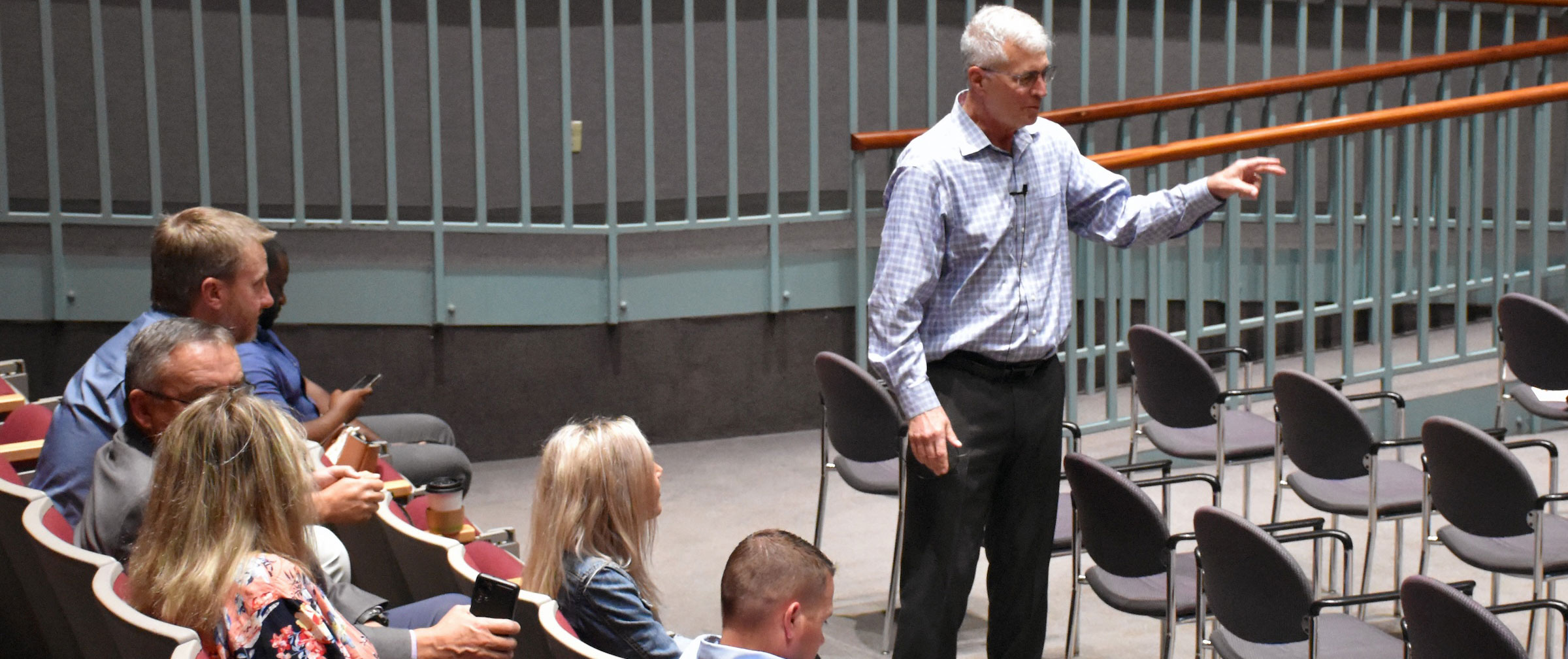It’s time to stop removing the barriers to tele-health. Back in the old days, the individuaI doctor-patient relationship was the mainstay of the practice of medicine. We were told in training that an appropriate history and physician should lead to the diagnosis about 75% of the time. I do believe this is true, even today, but the times have changed. We presently have physician shortages and other access issues, either absolute or relative, for many specialties, especially in rural areas. By the same token, we now have the technology to address this problem.
Tele-medicine enables the patient remotely to have video contact with a physician. Many tests such as labs, x-rays and EKGs can be sent electronically. Every day, there are more and more gadgets that a patient can hook up to their phone and transmit medical information immediately on the internet to a waiting health care provider. A remote microphone can listen to the heart as well, or better, than the human ear. Even though the physician cannot perform an exam remotely, that physician could observe another health professional examining the patient.
Tele-medicine is not just for remote areas. Even in an urban area, in order for the patient to see the physician, the patient must take off time from work, wait in the office, be exposed to all sorts of sick patients in the waiting room, and in general, just be inconvenienced. Wouldn’t it be better to simply connect with the physician on the computer when both parties are available. Think how much more efficient that would be for both parties.
Tele-medicine is a typical example of a disruptive technology that offers a lot of advantages, has some limitations, but has the ability to overall advance the practice of medicine. Numerous studies have shown that tele-medicine delivers as good or better quality of care.
Bottom line, direct patient contact by the physician is becoming less important in the overall diagnostic process for the patient. Intrinsically, I do feel somewhat uncomfortable about this. It is NOT what I signed up for. I understand the limitations of tele-medical decision-making, but I also have to acknowledge how far the field has come, and how rapidly the field is progressing. This train has left the station.
Presently there are two main barriers to the advancement of the practice of tele-medicine, and neither of them have anything to do with technology: health care provider credentialing and reimbursement.
With regard to credentialing, all physicians and nurses carry licenses by issued by individual states. Tele-medicine has no geographic boundaries. There is no difference whether the care giver is in the adjacent room or on the other side of the earth. As physicians, we need to revisit the entire licensing/ credentialing process with regard to remote access. On the one hand we need to ensure the quality of care that is being given remotely. On the other side, we need to revisit liability issues for that physician. In either case, the classic model of physician licensing and credentialing is being called to question. This process needs to evolve with the times and not simply stand as a barrier to progress.
There are several emerging models for reimbursement for tele-health care. Many psychiatrists, for example, use the internet to conduct sessions with patients remotely.. Granted, psychotherapy rarely, if ever, would require a physical exam. Observing the patient for nonverbal signs of communication is imperative, but it appears that this is not a problem. The psychiatrist then bills the patient for a visit. We need to expand this type of model to other specialties. There should be a relatively simple way that a provider can be reimbursed for services rendered, even if those services are remote.
There is no doubt that telemedicine is the way of the future for many medical interventions. We need to address the issues of credentialing and reimbursement in a forthright manner. When used appropriately, tele-medicine has the opportunity to improve the care and efficiency of the entire delivery process….. It’s the way of the future.




